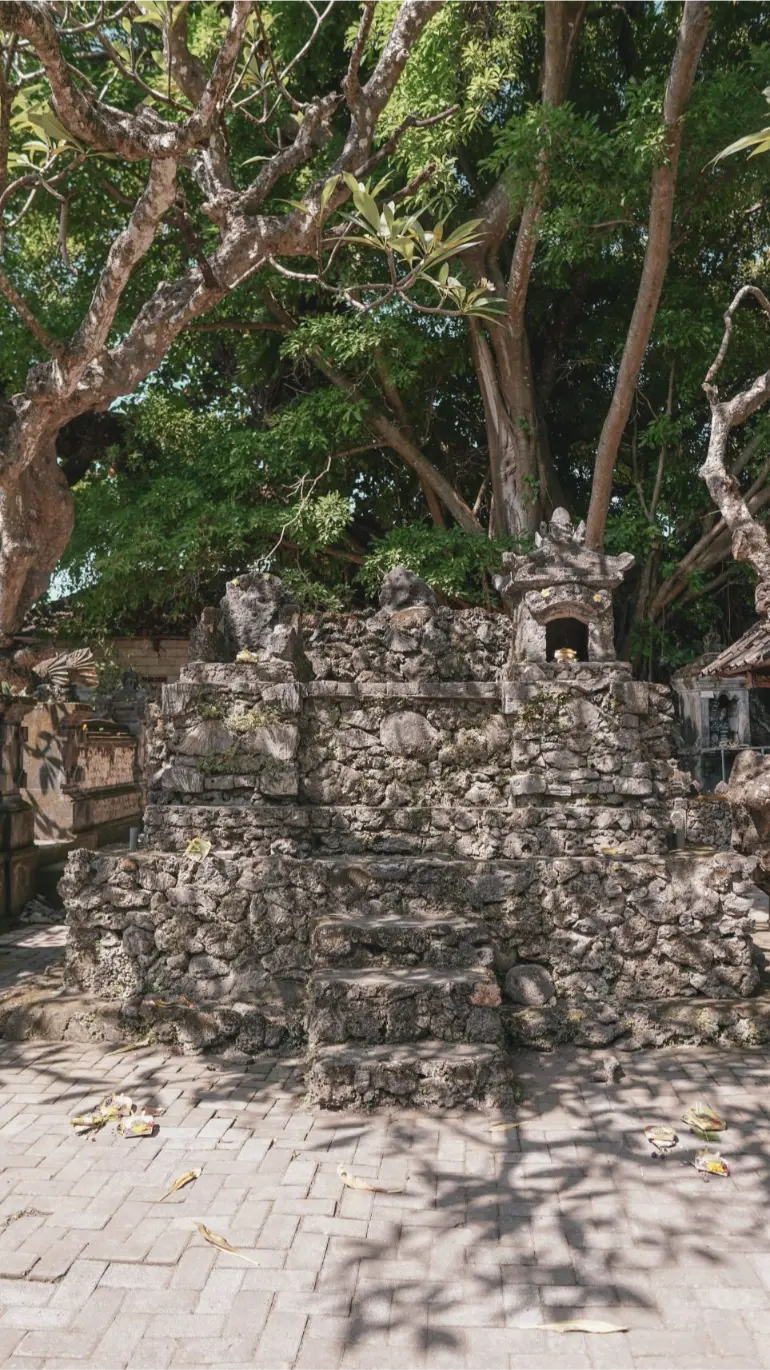Although Denpasar is known as a modern city in Bali, traces of historical struggles remain for visitors to discover in the island’s capital. One such place is Puri Pemecutan Denpasar, a royal palace that serves as a reminder of the significant influence of ancient kingdoms on Bali’s development.
Located on Jalan Tamrin, Puri Pemecutan stands proudly on a 4.2-hectare estate. This area does not include the expansions made to the west, north, east, and south at Puri Tanjung Pemecutan, which serves as the residence of royal descendants. To the west of the palace, there is an armory with rifles and cannons. On the eastern side are Jero Ukiran and Jero Kanginan, which now form the new Puri Agung Pemecutan.
The palace has also been a symbol of Bali’s resistance against Dutch colonial forces. In 1906, during the Puputan war, the palace was set ablaze in a dramatic standoff against the Dutch. Today, the palace is in excellent condition, retaining its distinct Balinese ornaments that cover nearly every corner of the building.
The architecture of Puri Pemecutan is still reminiscent of its original form before the fire, featuring traditional elements. The front courtyard, known as Jaba Jeroning Cerangcang, greets visitors, while the Jaba Bale Gong, located in the western corner, serves as a storage space for ancient musical instruments like gamelan. There are also kitchens and rooms that once housed royal family members. The bale kulkul, a watchtower on the southern side of the palace, silently witnessed the Puputan war and remains intact, the only structure that survived the flames.
Visiting Puri Pemecutan feels like stepping back into a pivotal chapter of Bali’s history, reflecting on the island's resistance against Dutch occupation. If you're lucky, you might not only catch a glimpse of what the royal palace looked like in the past but also witness a film crew on-site, as the palace is occasionally used for national movie productions. So, what are you waiting for? Plan your visit to Puri Pemecutan and experience a piece of Balinese history firsthand.












